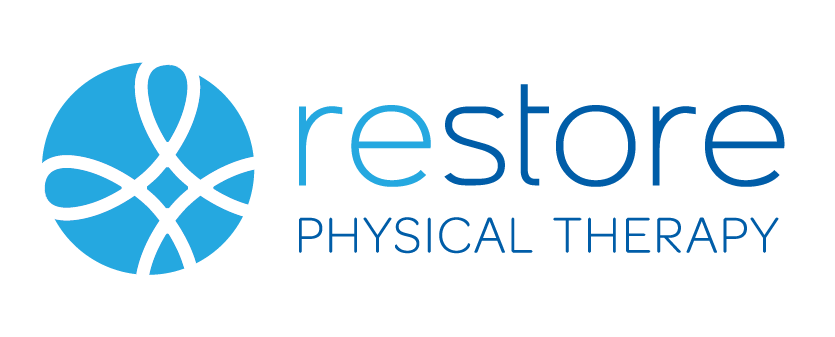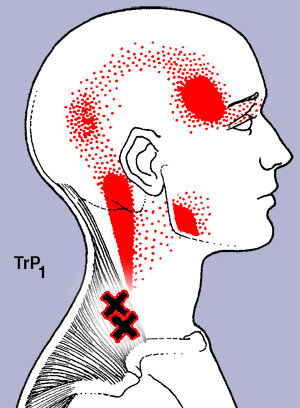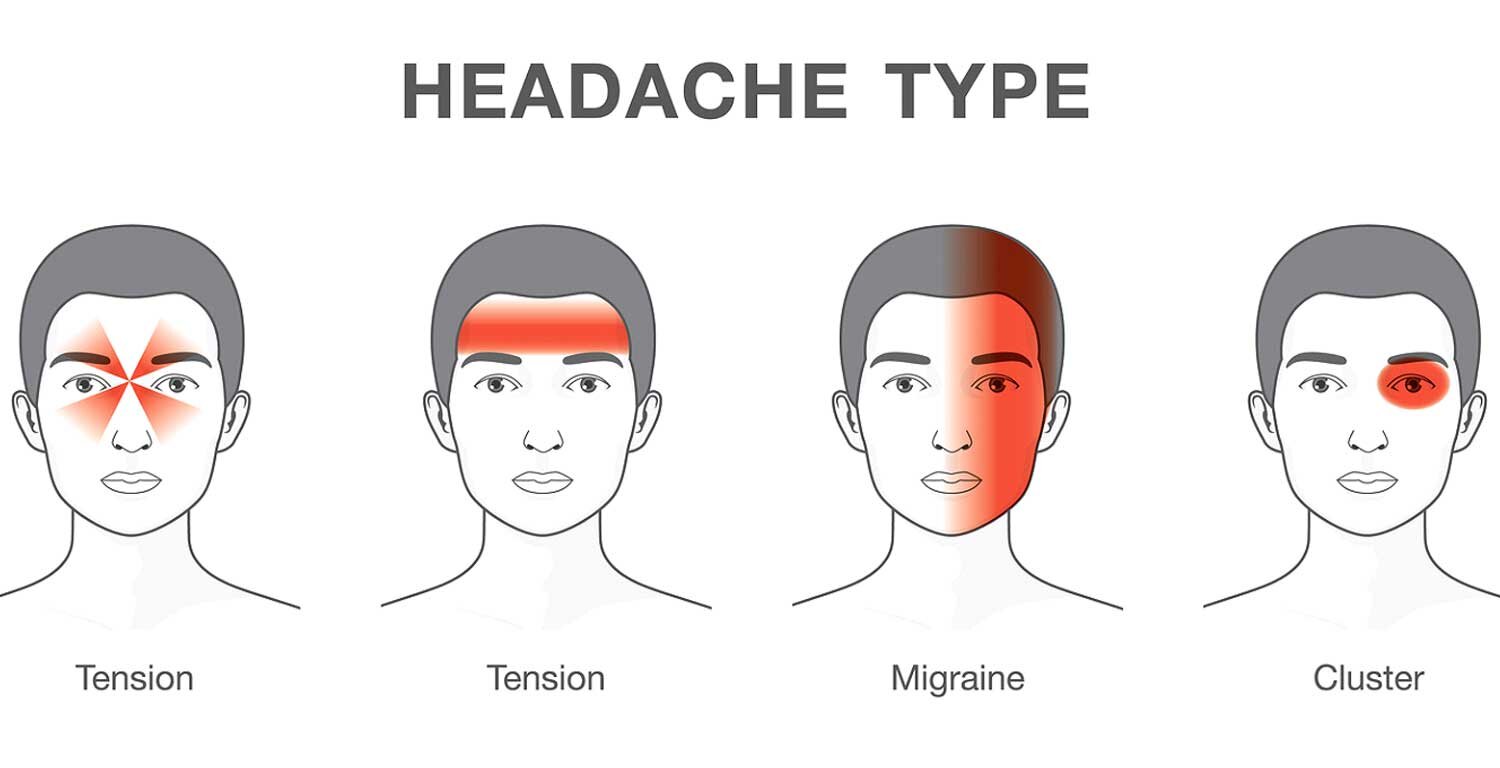Cervicogenic Headache Patterns
Cervicogenic headaches are brought on by dysfunctional joints and/or muscle groups in the head/neck/shoulder regions. These musculoskeletal issues are known to create referral pains in distinct patterns, depending on the injured area. In this blog, we will uncover some of the most common headache types/patterns and discuss a few simple ways to address these problem areas proactively.
“Ram’s Horn”
One of the most common problems we encounter in physical therapy are the “Ram’s Horn” distribution headaches. These can be both one-sided or bilateral in nature and are associated with tightness in the upper trapezius, scalenes, levator scapula and pectoral muscles. Oftentimes, this headache pattern is seen in conjunction with poor posture. It is typically seen in patients who have an improper ergonomic setup at work, suffered from a recent motor-vehicle accident, or have tenderness along the cervical vertebrae, resulting in general neck stiffness.
The headache will begin at the base of the skull, wrapping up and around the ear, making the shape of a ram’s horn on one, or both sides of the head. Some simple ways to reduce these symptoms are by performing an upper trapezius stretch, active range of motion exercises for the neck and receiving manual therapy treatments, such as functional dry needling, instrument-assisted soft-tissue mobilization, muscle energy techniques or passive stretching.
“Cluster Headaches”
These headaches present directly around one of the eyes. The intensity can be severe and last anywhere between 15-minutes to 3-hours. Although these headaches can be linked to sinus congestion and long duration exposure to computer screens, it has been found that these headaches also result from tightening of the sub-occipital muscle group.
These muscles are directly behind the skull, on each side of the cervical spine. It is possible to alleviate these symptoms with self-trigger point release, strengthening exercises for the deep neck flexors and other manual techniques from your physical therapist, including: functional dry needling, cervical traction, joint mobilizations and manual trigger point release therapy.
“Tension Headaches”
This group of headaches typically present across the entire forehead and can last several hours. They are moderate to severe in intensity and are most commonly aggravated by poor posture or exposure to bright lights/sounds.
Postural dysfunction is very common with most physical therapy clients and can be addressed in many ways. Clients of Restore Physical Therapy have found excellent relief by utilizing a combination of stretching and strengthening techniques to steadily improve upper body mechanics during daily activities. Through strengthening of the scapular musculature, stretching the upper trapezius & pectoral muscles and modifying simple movements on a consistent basis, these headaches can easily be reduced, if not eliminated.
If you have been suffering from any of the cervicogenic headaches listed above, migraines or different forms of headaches, do not hesitate to get a physical therapy evaluation. Many times, your expert PT can be missing link to recovery.
The doctors at Restore Physical Therapy have helped countless patients eliminate headache pain, improve posture and reduce the onset of migraines through their treatment methods. It is even possible to decrease or eliminate medications by following a consistent physical therapy program!
Click the button below to learn more about Restore Physical Therapy and schedule a FREE Discovery Session.
Start the road to recovery TODAY!





